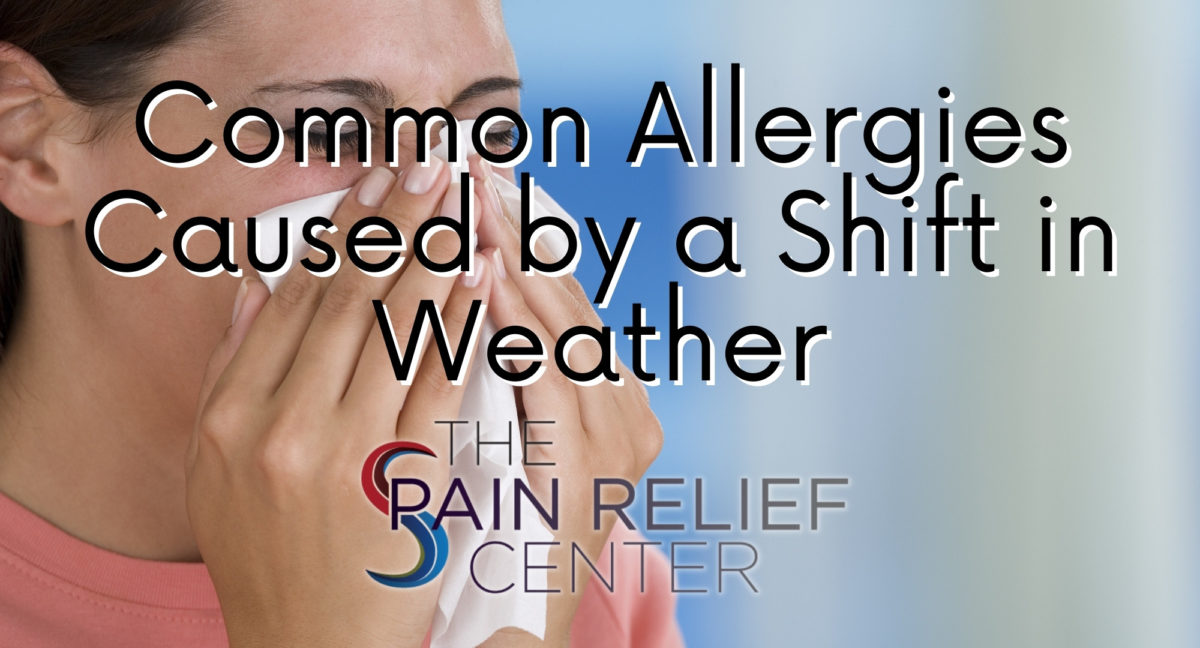Seasonal allergies affect many of us. When the seasons change and bring new weather patterns, many people are struck with common allergic reactions such as sneezing, coughing and other cold-like symptoms. Depending on your allergies, you may experience year-long allergies or allergies only during certain seasons. Today, we will look at common allergies that come with shifts in weather and seasons.
Pollen
No matter what season or weather, pollen is in the air and ready to set off allergic reactions. A common allergen for most people, pollen is active in every season and dramatically impacted by weather. While every season and weather sees pollen activity, the type of pollen allergen in the air changes. During springtime, tree and grass pollen counts are at the highest, whereas in the summer and early fall months, weed pollen is most common and affect the most people.
Changes in weather also affect pollen counts. Windy, breezy days seen in the spring and summer months drastically increase pollen counts. Rain also affects pollen counts. Light spring showers wash away pollen, lowering allergen counts, whereas heavy summer showers can increase grass and weed growth, leading to more pollen development. Heat also plays a role in pollen counts. Milder temperatures during the fall and winter months can cause trees to pollinate earlier, bringing an early start to allergy season. Continuing warm temperatures in spring and summer can lead to increases in pollen counts.
Another common allergen that is affected by changes in the weather and seasons is outdoor mold, especially during summer and fall months. There are several types of mold, but only a few can trigger allergies. One of the most common types of mold allergens is Alternaria, which can peak and rise at any time of the year.
Mold is extremely influenced by changes in the weather. Wet, humid, and warm conditions can increase mold spores, leading to more allergic reactions. Mild and warm temperatures, coupled with rain and humidity lead to a growth of mold spores and allergens in the air. During the late summer and early fall, mold allergies tend to be at their worst due to the warm conditions.
While everyone’s allergies are different, pollen and mold affect many people throughout the year. Rain, wind, and shifts in temperature affect the amount of mold and pollen in the air. Late spring, summer, and early fall all see dramatic increase in allergies as a result of weather changes.


